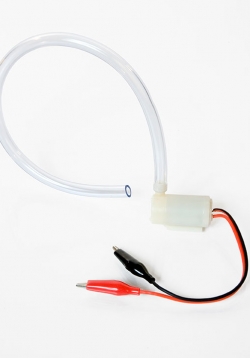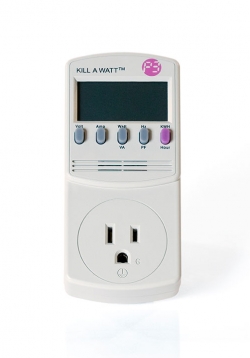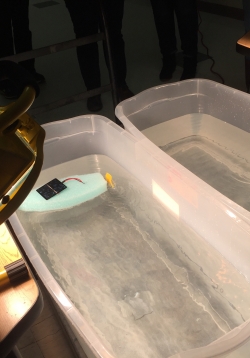Solar vs. Battery Circuits
In this lesson, students will explore and do small experiments with mini solar panels and circuit boards. The class will discuss the advantages and disadvantages of solar energy. Students will continue to work in their Solar Energy Student Notebooks to...






